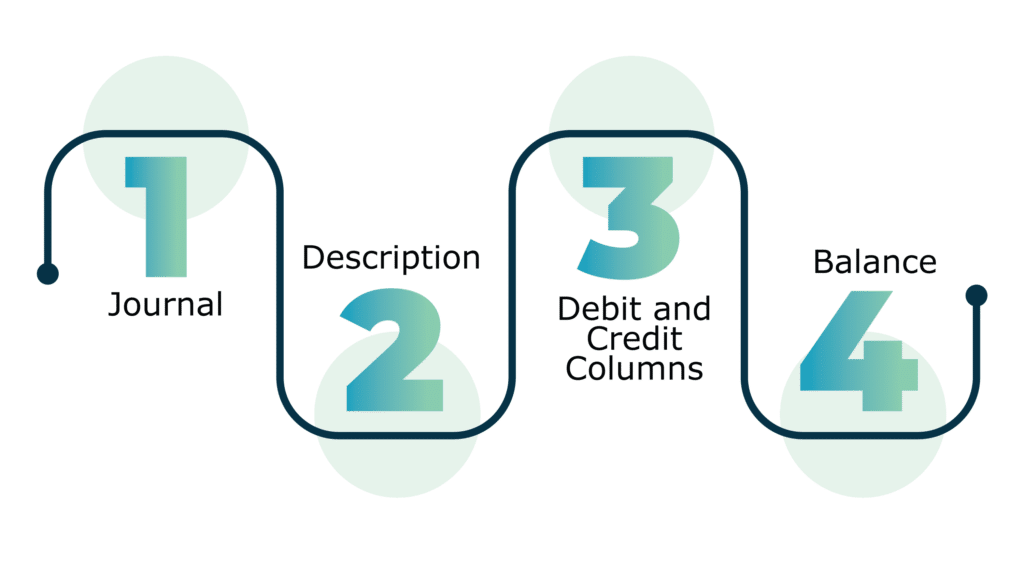
Overview: Conduct General Ledger For Your Business
General Ledger is a record of all business transactions of a company. It is the most essential part of any business’s bookkeeping as it holds every single debit and credit entry that a business incurs. Moreover, the financial performance of a company can only be assessed with the help of its general ledger entries. The general ledger gives information that is used to make other financial reports such as balance sheets and profit and loss statements.
Why Do Businesses Need General Ledger?
The general ledger forms the basic structure of any company’s financial transactions. It holds a record of all the statements related to revenue and expenses which makes it easier to file taxes. Also, when a company applies for a business loan, the lender always assesses the financial statements of the company through their general ledger in order to calculate the credit risk. It gives the lender an idea of the debt to equity ratio of the company.
The general ledger also makes it easier to prepare your business for audit as all of the financial statements are organized in one single place. In the event of a sudden spike in expenses or unexpectedly low profits, ledgers make it easier to go through all the journal entries and root out the cause which may be fraud or accounting errors.
How to Conduct General Ledger?

There are four primary components in General Ledger:
1. Journal – The journal contains all the raw entries recorded sequentially by the date of the transaction.
2. Description – Every transaction has a brief description explaining it.
3. Debit and Credit Columns – Every transaction in the general ledger is labeled as either debit or credit.
4. Balance – Every single time there is a debit or credit transaction in the company’s account, the total balance needs to be updated in order to keep the financial records updated.
In order to make a general ledger, a journal is first created with all the business transactions recorded by the date of occurrence. After completing the journal, the information is transferred to the general ledger where it is divided into various categories and sub-accounts.
General Ledger is the most essential part of the accounting process of the company. Without a detailed general ledger, the accounts of the company will become unorganized and inaccurate immediately. Inaccurate financial records can be significantly problematic for a business.
The general ledger has all the information needed to make a cash flow statement or balance sheet of the company.
General Ledger helps you track your financial transactions in the following ways:
- The general ledger helps in preparing a trial balance which means adding up the debit and credit sides in order to make sure that both sides match with each other. This ensures the accuracy of the books and makes sure that there are no mathematical errors in the final report.
- The general ledger provides an overview of all the business transactions and financial activities. This helps in looking at and overviewing the financial statements more closely and for any given time period.
- General Ledger makes it easier to spot problems such as a sudden increase in expenses or any unexpected profits and helps in reviewing and uncovering the cause of such problems.
Conclusion
General Ledgers are used by every business in order to ease the maintenance of their financial activities and keep overviewing their financial transactions. It is the most essential part of bookkeeping for any business to run with accurate numbers.

